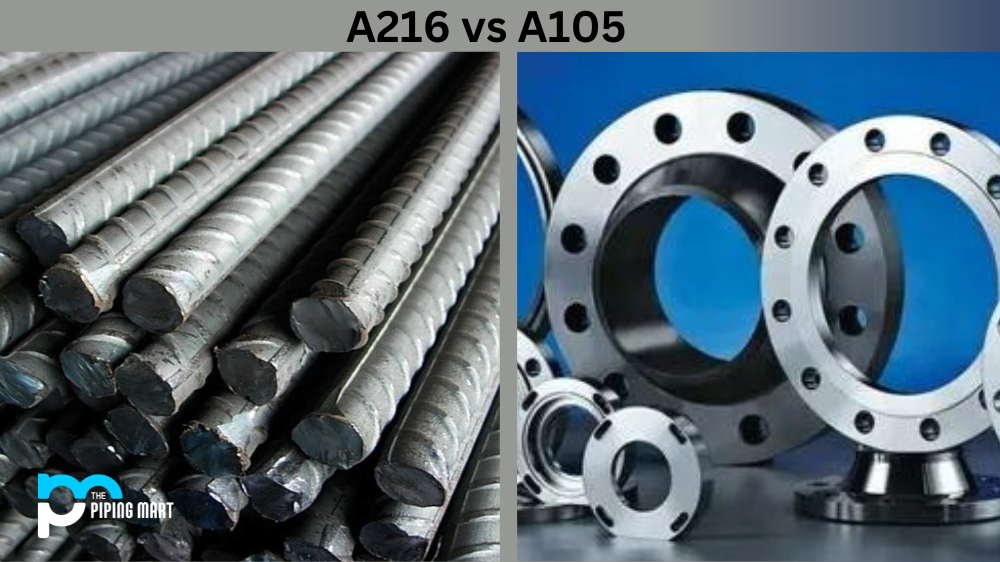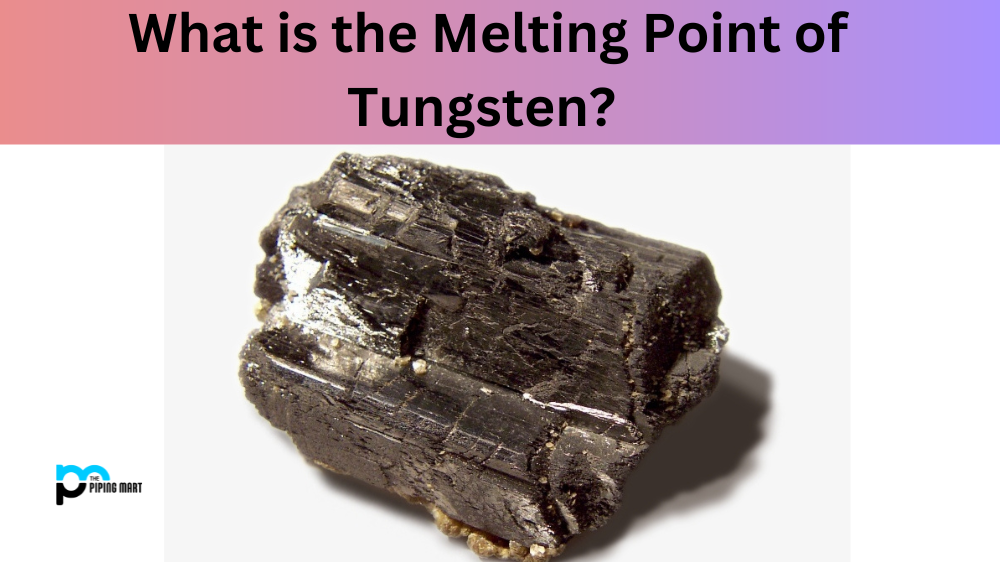There are so many different varieties available that it can be difficult to keep them straight when it comes to stainless steel. One of the most common types is 321 and 321H stainless steel. But what’s the difference between them? In this article, we’ll explore the differences between these two types of stainless steel and which one may be best for you.
Difference Between 321 and 321H Stainless Steel
Composition
The primary difference 321 and 321H stainless steel is their composition levels. The most significant difference between these two grades is carbon content; At the same time, both contain similar amounts of chromium (19%), nickel (9%) and manganese (2%), but they differ in terms of their carbon content. Specifically, 321H contains more carbon than 321—approximately 0.04-0.10% vs 0.08 max%, respectively.
Heat Treatment
The higher carbon content in 321H allows for better heat treatment properties than standard grade 321 stainless steel — meaning it can be used in applications requiring higher temperatures without fear of warping or cracking due to changes in temperature or other environmental conditions. This makes it ideal for use with welded structures or components exposed to high temperatures, such as boilers, pressure vessels and heat exchangers, because it can maintain its strength at higher temperatures than standard grade 321 stainless steel. Additionally, its ability to retain its strength even at elevated temperatures makes it an attractive option for furnace parts, exhaust systems, and automotive components like headers and turbochargers.
Corrosion Resistance
Compared to standard grade 304 stainless steel, both grades of stainless steel alloy provide excellent corrosion resistance due to their high chromium content; however, they must still be properly sealed against moisture intrusion to maintain their rust-resistant properties over time. Additionally, because of its lower carbon content, standard grade 321 resists sensitization during welding better than its counterpart, which means it has a greater resistance against grain boundary carbide precipitation during welding – creating a more stable microstructure with less chance for intergranular corrosion after weld completion!
Conclusion:
Overall, when considering which type of stainless steel is best suited for your application needs, you should consider your specific requirements, such as temperature range/exposure levels and desired corrosion resistance properties, before making a final decision on which grade will work best for you! Both grades have unique advantages that make them suitable for certain applications – but if your project requires extreme temperature exposure or significantly increased corrosion protection, then 321H may be the better option due to its additional carbon content! Ultimately, the choice between these two grades will depend on your individual needs and preferences, so make sure you weigh all factors before selecting either type!

A passionate metal industry expert and blogger. With over 5 years of experience in the field, Palak brings a wealth of knowledge and insight to her writing. Whether discussing the latest trends in the metal industry or sharing tips, she is dedicated to helping others succeed in the metal industry.




